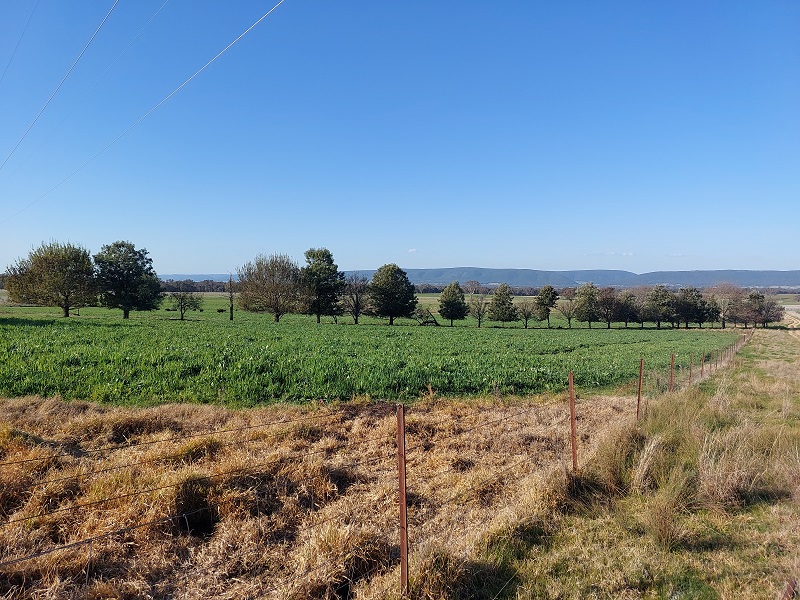
25 Aug How To Grow Paddock Trees
Paddock trees
If you live on a farm growing trees in open paddock areas can be a difficult task. Trees may be needed to provide shade for livestock or as wind breaks or even to create avenues along driveways. Not too mention revegetation areas.
Tree plantings in paddocks may be faced with difficult conditions such as;
-No access to a water source
-No permanent irrigation
-Full exposure to wind, frost and heat
-Damage from animals such as rabbits and kangaroos eating new growth, hares sharpening their teeth on stems, cows and sheep demolishing the whole plant, pulling them out of the ground and compaction from hoofs or birds snapping off new growth
Some solutions to these issues
-Improve the soil you are planting into with good quality soil or compost. Ensure you dig this through the site soil.
-Add water holding crystals to planting soil in those areas that experience a lot of heat and or tend to be more sandy
-Use tough hardy species that are known to do well in your area
-Complete planting in winter to give the trees the time to settle in before the hot weather hits
-If no water source is available have some type of watering set up close by eg We reuse 20 litre plastic chemical containers (after we thoroughly clean them). We fill a few up at a time and leave them next to the tree plots so there are always some ready to go.
-Alternatively a water tote on a trailer can be very helpful if you are doing alot of planting.
-Fence off entire planting area.
-Use individual tree guards around each plant (these will also help with frost protection). Sometimes wire cages can be used for 100% protection
-Install frost protection
-Planting location – consider where fence lines run, where farm equipment may need access and where any spraying on crops might take place. Also think about the most common direction the wind comes from and the aspect so it will provide shade for livestock.

Plant recommendations
Here in the Hilltops region we tend to use
Yellow Bloodwood (Corymbia eximia)
Yellow Box (Eucalyptus melliodora)
Grey Box (Eucalyptus microcarpa)
Yellow Gum (Eucalyptus leucoxylon)
Red Ironbark (Eucalyptus sideroxylon)
Silky Oak (Grevillea robusta)
She Oaks (Casuarina)
White Cypress tree (Callitris)
Lucerne Trees (Chamaecytisus spp)
Kurrajong (Brachychiton populneus)
Peppercorns (Schinus spp)
White Cedar (Melia azederach)
Plane Trees (Platanus spp)
I highly recommend checking with your local land services or local garden centres for the best species thar are indigenous to your area.


